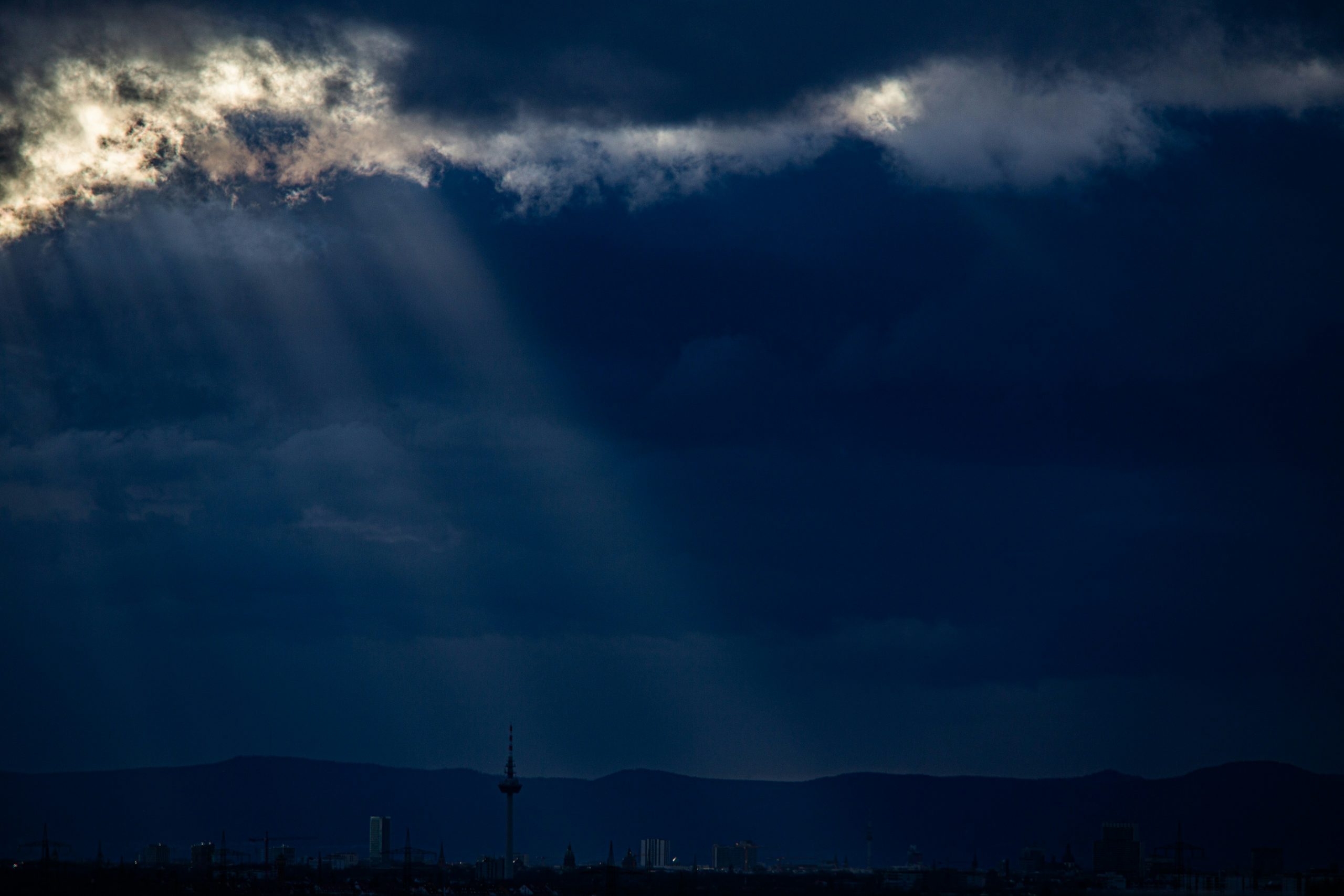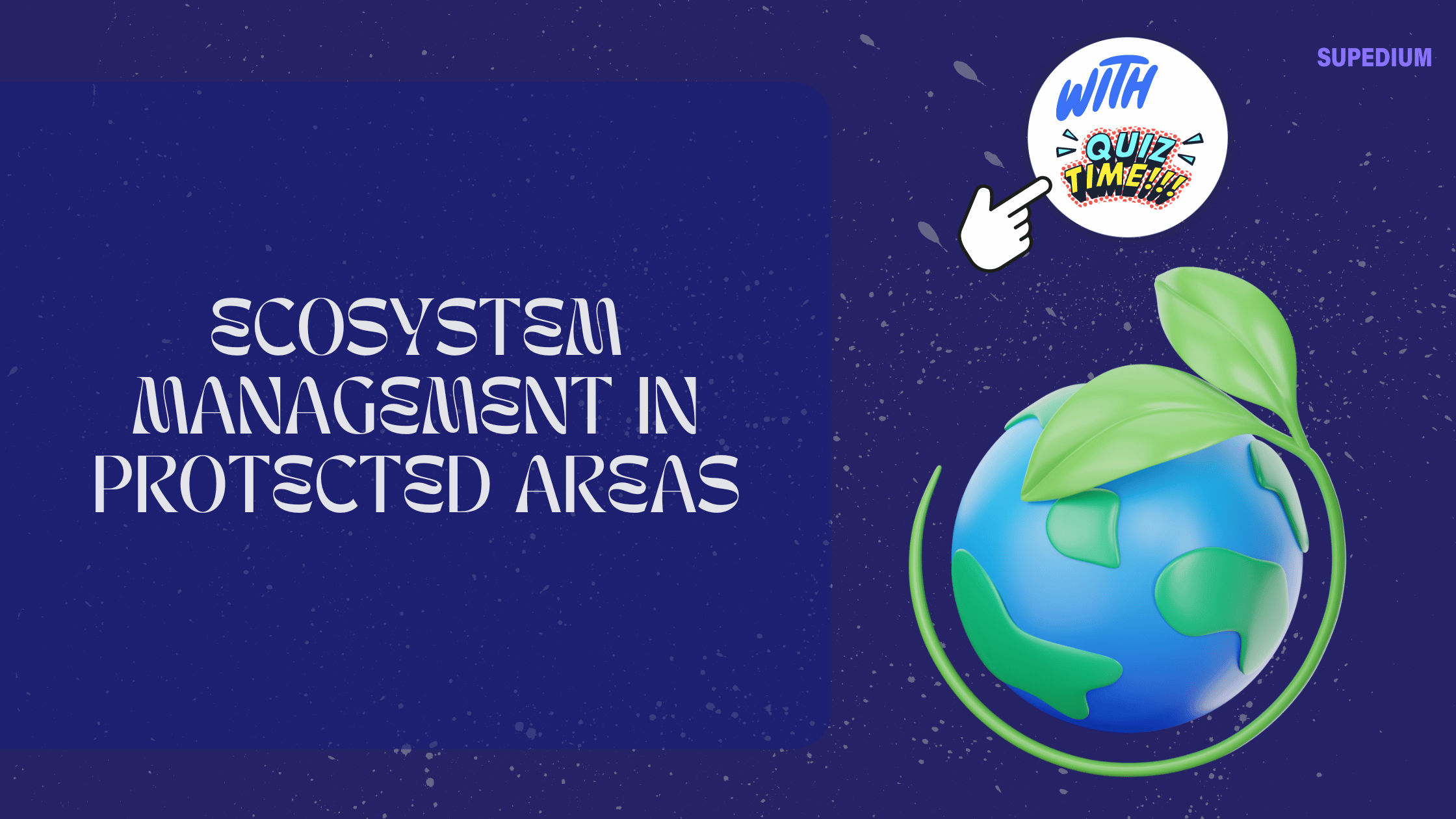Table of Contents
![]()
Weather phenomena are natural occurrences that influence our environment and daily lives. While most weather events like rain, snow, and sunshine are common and familiar, there exist certain rare and extraordinary phenomena that captivate both scientists and enthusiasts. This article delves into some of the most unusual weather phenomena, exploring their characteristics, causes, and impact.
Rare Atmospheric Phenomena
Ball Lightning
Ball lightning is a rare and mysterious phenomenon where glowing, spherical objects appear during thunderstorms. These luminous spheres can vary in size from a few centimeters to several meters and can last from a few seconds to several minutes. Despite numerous reports and historical accounts, ball lightning remains poorly understood. Theories suggest it could result from the interaction of lightning with the atmosphere, but no definitive scientific explanation has yet been confirmed.
St. Elmo’s Fire
St. Elmo’s Fire is a weather phenomenon characterized by a visible blue or violet glow that occurs near the tips of pointed objects such as church steeples or aircraft wings during thunderstorms. This glow is caused by a high-voltage electrical discharge in the atmosphere, creating a plasma that emits light. Historically, sailors and pilots viewed St. Elmo’s Fire as a sign of protection, and its occurrence was often regarded as an omen.
Fire Tornadoes
Fire tornadoes, also known as fire whirls, occur when intense heat from a fire creates a vortex of flames and hot air. These phenomena can be incredibly dangerous, as they combine the destructive power of tornadoes with the intense heat of fire. They typically form in wildfires or large-scale fires when strong winds and high temperatures create a rotating column of fire.
Optical Phenomena
Sun Dogs
Sun dogs are bright spots that appear on either side of the sun, forming a halo-like effect. These optical phenomena occur when sunlight is refracted by ice crystals in the upper atmosphere, usually in cirrus or cirrostratus clouds. Sun dogs are often seen in cold climates and can create a striking visual effect around the sun.
Green Flash
The green flash is a rare optical phenomenon that occurs just before sunrise or just after sunset. For a few seconds, a green spot or flash can appear above the horizon. This occurs due to the refraction of sunlight through the Earth’s atmosphere, which separates the light into different colors. The green flash is best observed at sea level with a clear horizon and can be a spectacular sight for those fortunate enough to witness it.
Halo Effects
Halo effects are optical phenomena where rings of light appear around the sun or moon. The most common type, the 22-degree halo, is caused by the refraction of light through hexagonal ice crystals in the atmosphere. These halos are often seen in cold climates and can indicate the presence of cirrostratus clouds.
Extreme Weather Events
Supercells and Tornadoes
Supercells are a type of thunderstorm characterized by a rotating updraft called a mesocyclone. They are capable of producing severe weather, including large hail, strong winds, and tornadoes. Tornadoes are violent rotating columns of air that extend from a supercell to the ground. They can cause significant damage, with wind speeds reaching over 300 mph in the most severe cases.
Hailstones
Hailstones are spherical balls of ice that form within strong thunderstorms. They can range in size from small pellets to golf ball-sized or larger. The formation of hailstones involves updrafts in the storm that carry ice pellets upward through areas of supercooled water, leading to the accumulation of layers of ice. Notable instances of large hail include events where stones have reached the size of baseballs or softballs.
Derechos
Derechos are widespread, long-lived windstorms associated with a band of rapidly moving showers or thunderstorms. Unlike tornadoes, which are localized, derechos can affect large areas, producing straight-line winds that cause extensive damage. These events are often characterized by powerful winds, heavy rain, and sometimes tornadoes embedded within the storm.
Unusual Precipitation Events
Red Rain
Red rain is an unusual precipitation event where rain appears reddish in color. This phenomenon has been reported in various parts of the world, including India and Sri Lanka. The red coloration is often attributed to the presence of airborne particles, such as dust or algae, although some instances have led to scientific investigations exploring other causes.
Fish and Animal Rain
Fish and animal rain is a rare occurrence where aquatic animals or other creatures fall from the sky along with rain. This phenomenon typically happens during intense tornadoes or waterspouts that lift animals from water bodies and deposit them over land. Historical accounts and scientific studies have documented these occurrences, though they remain infrequent.
Climate Anomalies
Extreme Heatwaves
Heatwaves are prolonged periods of excessively hot weather. They can have severe impacts on health, agriculture, and infrastructure. Extreme heatwaves are becoming more frequent and intense due to climate change, with record-breaking temperatures observed in various regions around the world.
Cold Snaps
Cold snaps are sudden and extreme drops in temperature over a short period. These events can lead to dangerous conditions, including frostbite and hypothermia, and can impact agriculture and energy consumption. Historical examples of severe cold snaps include events where temperatures plummeted well below freezing, causing widespread disruptions.
Regional and Cultural Perspectives
Weather phenomena vary greatly across different regions, each with its own unique occurrences and impacts. For example, auroras are commonly seen in polar regions, while dust storms are prevalent in arid areas. Different cultures have their interpretations and myths related to unusual weather, often attributing them to divine or supernatural forces.
Scientific Research and Monitoring
Studying unusual weather phenomena involves various technologies and methods, including satellite observations, radar systems, and climate models. Researchers aim to understand these phenomena better to improve prediction and preparedness, thereby minimizing their impact on society and infrastructure.
Conclusion
Unusual weather phenomena are fascinating and diverse, ranging from rare atmospheric events to extreme weather conditions. Exploring these phenomena enhances our understanding of the natural world and helps us prepare for their potential impacts. As scientific research continues to advance, we may uncover more about these extraordinary events and their implications for our planet.
Share This





Be the first to comment